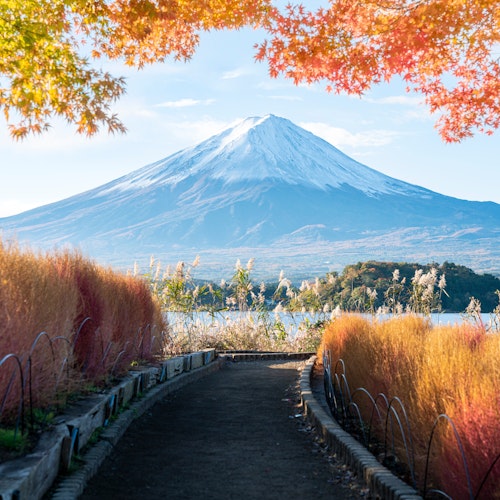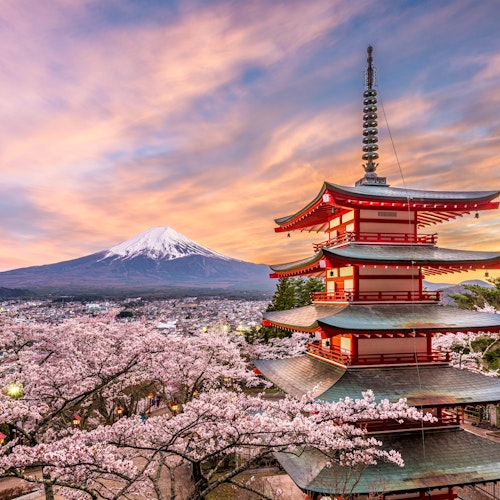
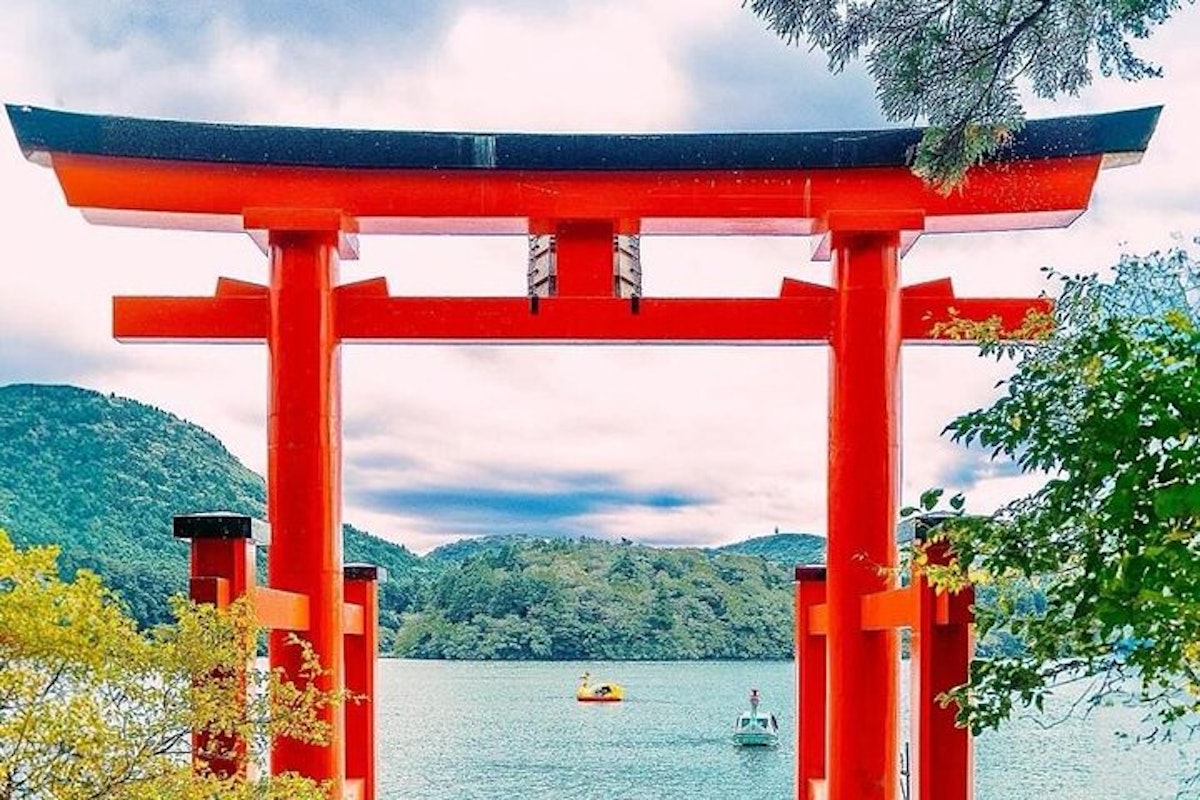
Hakone Jinja is one of Japan's most revered Shinto shrines located along the shores of Lake Ashi. Surrounded by dense forest and offering breathtaking views of the lake and Mount Fuji, it's a place where history, spirituality, and natural beauty come together.
This guide will explain Hakone Shrine's key features and highlights, helping visitors understand its significance and enjoy their visit.
Hakone Shrine, also known as Hakone-jinja Shrine, dates back to the Nara period, with its founding believed to be in the year 757. It has a long connection with the Kamakura Shogunate, particularly with Minamoto no Yoritomo, who prayed here for victory in battle.
Many military commanders and samurai paid their respects at the shrine, which has been a place of worship for centuries, drawing samurai, emperors, and ordinary people alike. The shrine's connection to the Kamakura shogunate is a significant part of its history, reflecting its role in Japan's political and spiritual life.
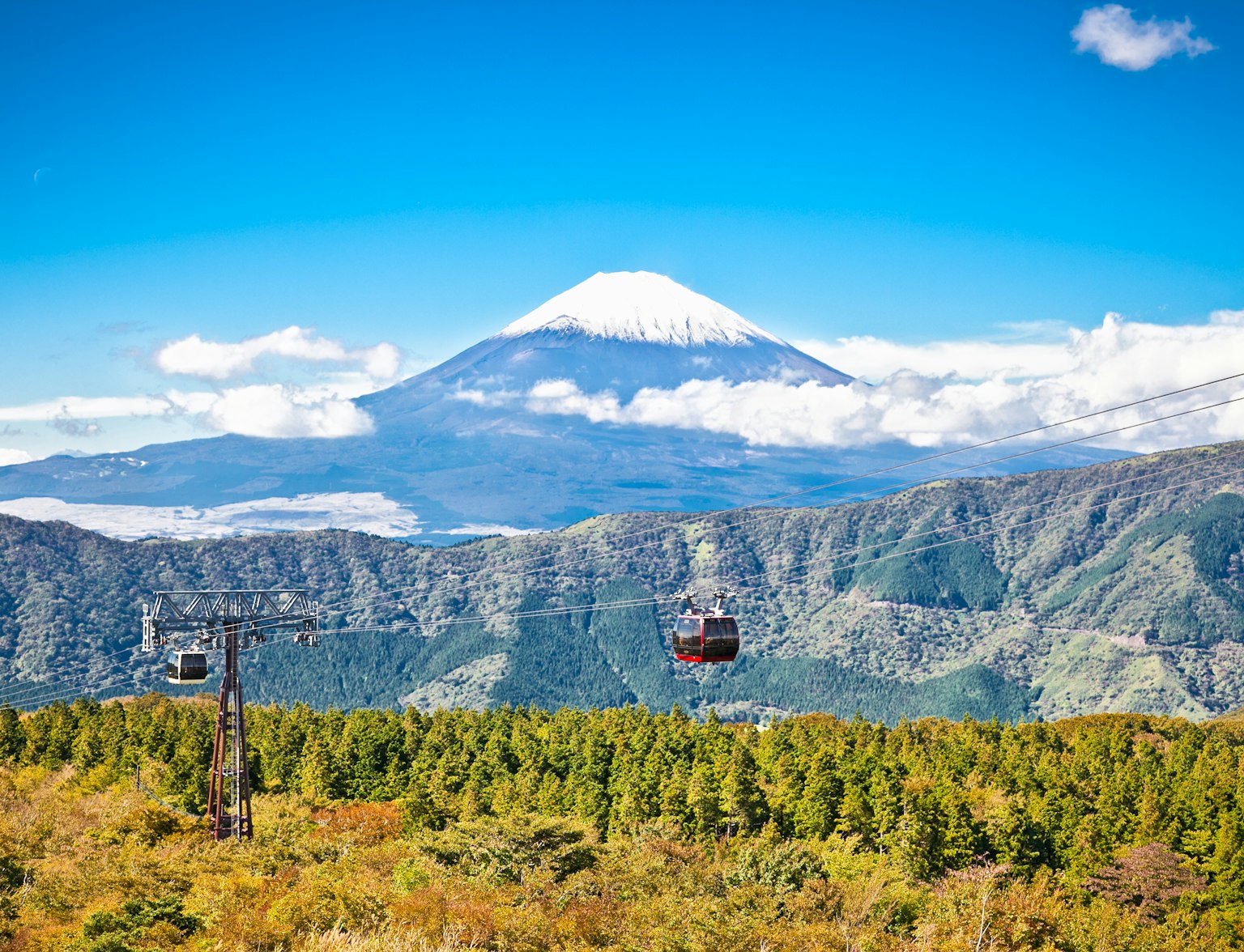
Embark on a mesmerizing voyage from Tokyo to Mt. Fuji and Hakone.
The main shrine complex is located within a forest of towering cedar trees, which add to the tranquil atmosphere. As you approach, the path leads through a picturesque torii gate, known as the red gate, located on the edge of Lake Ashi.
This gate is not only a symbol of the shrine but also marks the boundary between the physical and spiritual worlds. Visitors often take a moment to cleanse their hands and mouth at the purification fountain, a common practice at Shinto shrines.
Historically, a priest named Mangan played a significant role at Hakone Shrine by taming a nine-headed dragon that threatened the villagers. The main hall, with its traditional architecture, is where you can offer prayers and seek blessings.
The hall's design reflects the simplicity and elegance of Shinto structures, emphasizing harmony with nature.
One of the most iconic sights at Hakone Shrine is the large torii gate in Lake Ashi's waters. This gate, known as the Heiwa no Torii, creates a stunning image with the lake and Mount Fuji in the background.
Many visitors come here to take photos, especially during the early morning or late afternoon when the light creates a magical reflection on the water.
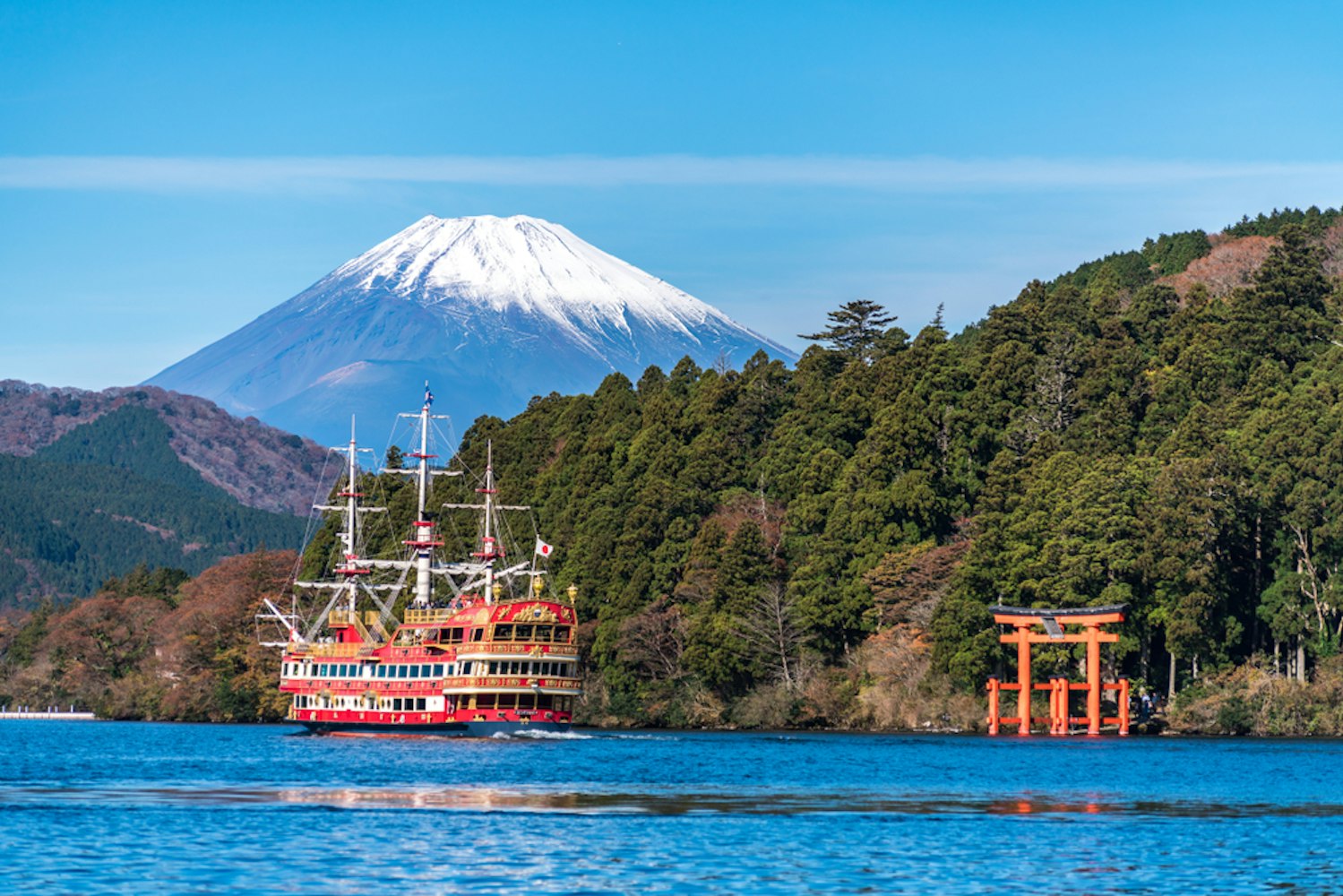
This torii gate symbolizes the connection between the spiritual and natural worlds. It reminds visitors of the location's sacredness and the importance of respecting the environment.
Whether you view it from the shore or take a boat ride on the lake, the Torii gate is a sight that stays with you long after your visit. Additionally, the shrine's treasure house (homotsuden) is a significant attraction where visitors can learn about its history.
Hakone Mototsumiya Shrine, a historical site known as the original shrine Mototsumiya, is part of the Hakone Shrine complex located on the summit of Mount Komagatake. To reach it, visitors can take the Hakone Komagatake Ropeway, which offers panoramic views of the surrounding mountains and valleys.
The ride provides a unique perspective on the landscape. Visitors can also explore the scenic hiking trails that lead to the original Mototsumiya Shrine, allowing them to connect with nature and the area's rich history.
Once at the top, the shrine offers a quieter and more secluded atmosphere than the main shrine. The view from here, especially on clear days, includes Mount Fuji, Lake Ashi, and the Pacific Ocean.
The Mototsumiya Shrine is where visitors can reflect and enjoy the natural beauty surrounding them.

Discover the allure of Hakone with our Komagatake Ropeway adventure.
Kuzuryu Shrine, located near Hakone Shrine, is dedicated to the nine-headed dragon god believed to inhabit Lake Ashi. The shrine is famous for those seeking blessings for prosperity, business success, and marriage.
The story of the nine-headed dragon is rooted in local folklore. The dragon was originally a destructive force but was later pacified by the shrine's powers.
The shrine is often visited with the Hakone Shrine, as they are closely connected in their spiritual significance. Visitors usually make offerings to the dragon god, asking for protection and good fortune.
The story of the dragon adds an element of mystique to the visit, connecting visitors with the region's ancient myths.
Hakone Shrine isn’t just about spirituality; it’s also the perfect base to explore the surrounding area. Here are some top activities:
Boat Ride on Lake Ashi: Enjoy peaceful views of the lake and the mountains. It’s a great way to take in the scenery.
Visit Hakone Open-Air Museum: A blend of art and nature, this museum is a must-visit for culture lovers.
Relax in Hot Springs: Hakone is famous for its traditional ryokan inns and soothing hot springs.
Hakone Shrine is a destination that offers something unique in every season. In spring, cherry blossoms surround the shrine, creating a picturesque scene. The forests are lush and vibrant in summer, making the area feel alive.
Autumn brings stunning red and orange foliage, making it one of Japan's best spots for fall colours. Winter provides a quiet and peaceful atmosphere with fewer visitors, ideal for reflection.
Pro Tip: Visit early in the morning or late in the afternoon for a quieter experience and stunning light for photos.
Hakone Shrine is a spiritual destination and a starting point for exploring the Hakone area. Close by, you'll find Lake Ashi, perfect for a scenic boat ride, and the Hakone Tozan Bus, providing easy access to numerous attractions.
The nearby mountains hold significant historical events and cultural beliefs associated with Hakone Shrine. These peaks are known for notable battles and their spiritual significance in ancient Japanese traditions.
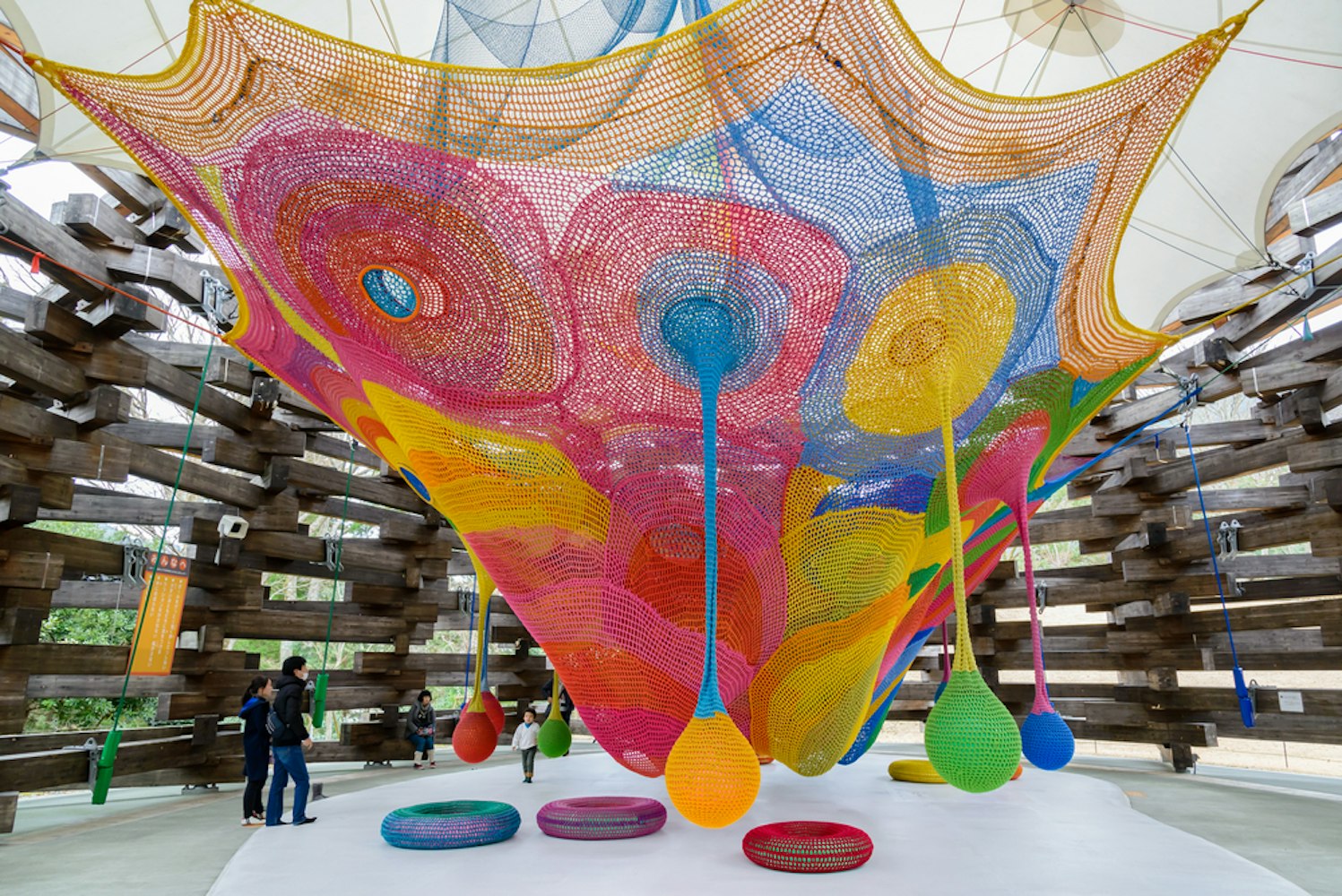
The town of Hakone itself has much to offer, from traditional ryokan inns to hot springs. Many visitors combine their trip to Hakone Shrine with visits to the Hakone Open-Air Museum, Owakudani Valley, and the Hakone Ropeway.
These attractions provide cultural, natural, and recreational experiences, making Hakone a popular destination for domestic and international tourists.
Access: Hakone Shrine is accessible from Tokyo via the Odakyu Line to Hakone-Yumoto Station. From there, you can take a bus or taxi to the shrine. The journey offers a scenic ride through the mountains, giving you a glimpse of the area's natural beauty.
What to Wear: The shrine is in the mountains, so it's advisable to wear comfortable shoes and a light jacket, especially in the cooler months. The paths around the shrine can be steep, so be prepared for some walking.
Cultural Etiquette: Respecting the shrine's sacred nature is essential when visiting. It includes dressing modestly, speaking quietly, and following the proper procedures for prayer and purification. Photography is allowed in most areas, but recognize signs indicating where it is restricted.
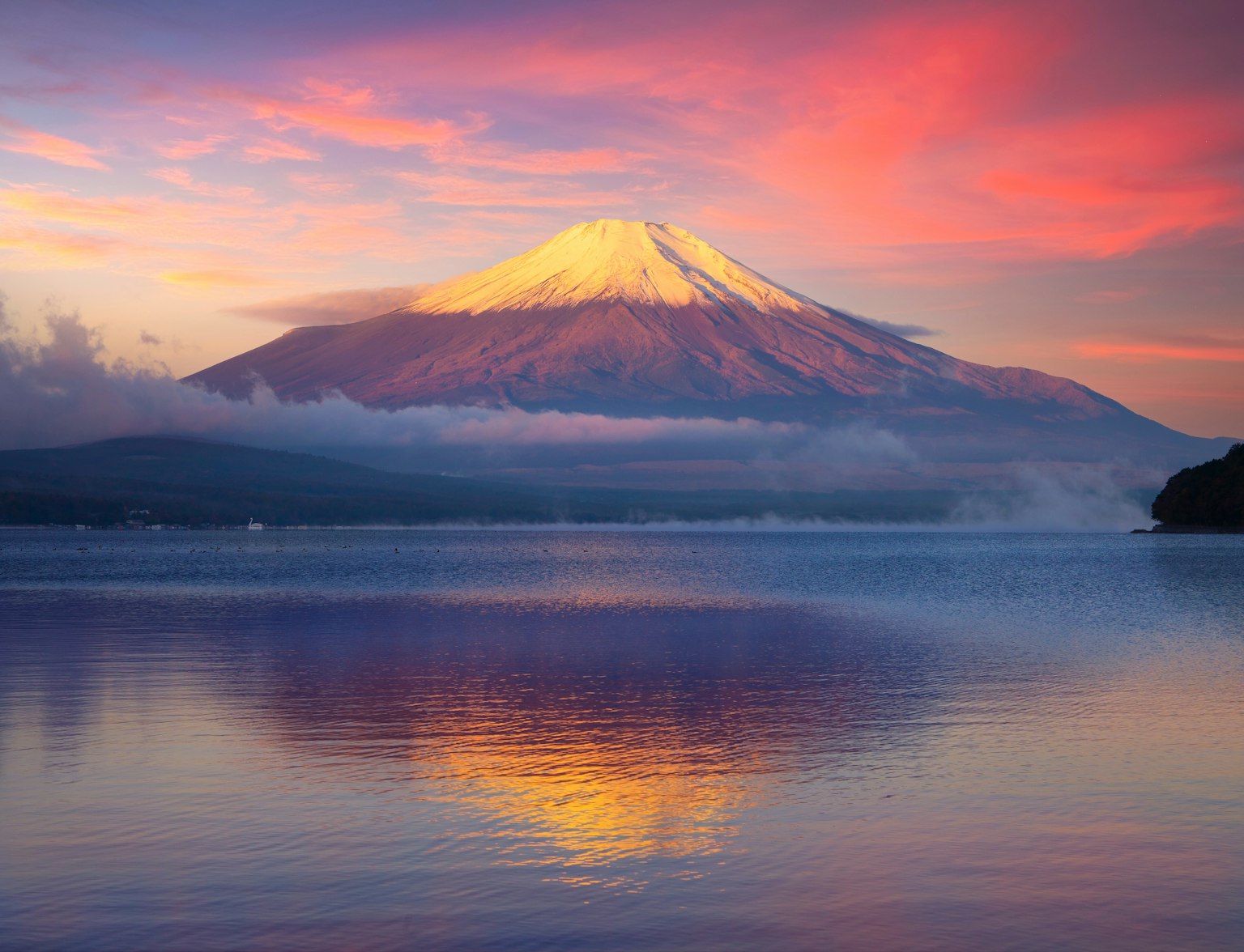
Discover Japan's natural beauty and cultural landmarks with an expert English-speaking guide.
Hakone-jinja Shrine is deeply rooted in Japan's spiritual traditions and is significant in Shinto practices. Shinto, the indigenous faith of Japan, focuses on worshipping kami, or spirits, who are believed to inhabit natural features such as mountains, rivers, and forests.
Hakone Shrine is dedicated to these spirits, making it a place where the natural and the spiritual are closely intertwined. Visitors often visit the shrine to admire its beauty and seek spiritual guidance and blessings.
Whether for good health, business success, or personal happiness, the shrine is where people can connect with the divine and reflect on their lives.
Hakone Shrine is steeped in fascinating legends that enhance its mystical allure. One of the most well-known stories is the story of the nine-headed dragon who was said to inhabit Lake Ashi. This dragon, once a destructive force, was pacified by the shrine’s kami and now symbolizes protection and blessings for those who visit.
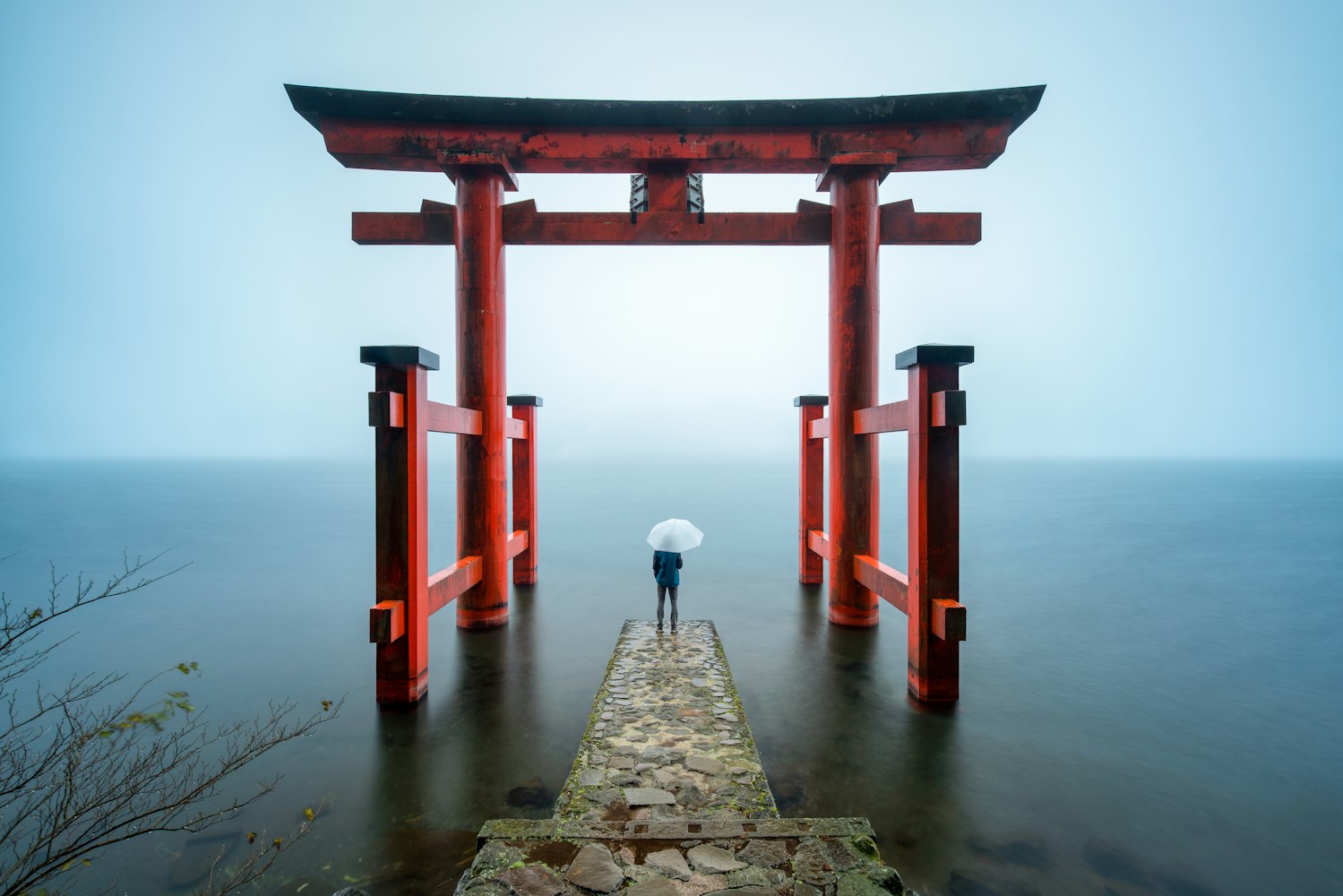
Another tale speaks of the shrine’s founding, where the kami of Hakone appeared in a dream to its founder, guiding them to establish a sacred place of worship. These enduring legends not only add depth to the shrine's spiritual significance but also create a magical atmosphere that continues to captivate visitors
What is the Hakone Shrine famous for?
Hakone Shrine is famous for its location by Lake Ashi, its iconic red torii gate in the lake, and its deep historical and spiritual significance in Shinto tradition. The shrine has been a place of worship for over a thousand years, attracting visitors for its natural beauty and connection to Japanese culture.
Is Hakone Shrine worth visiting?
Yes, Hakone Shrine is worth visiting. It uniquely combines natural scenery, historical importance, and cultural experience. The shrine's peaceful setting and iconic views make it a highlight of any trip to the Hakone area.
How old is Hakone Shrine?
Hakone Shrine was founded in 757, making it over 1,260 years old. It has been a significant spiritual site throughout Japanese history.
What is the meaning of the Torii gate in Hakone?
The torii gate at Hakone Shrine symbolizes the entrance to a sacred space. It marks the transition from the ordinary world to the shrine's spiritual realm. The gate in Lake Ashi is particularly famous and represents the harmony between nature and spirituality.
What time to go to Hakone Shrine?
The best times to visit Hakone Shrine are early in the morning or late in the afternoon. These times offer fewer crowds and a more peaceful experience, ideal for enjoying the shrine and its surroundings.
